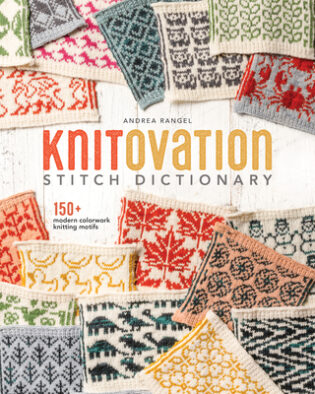 Knitovation Stitch Dictionary: 150+ Modern Colorwork Knitting Motifs by Andrea Rangel
Knitovation Stitch Dictionary: 150+ Modern Colorwork Knitting Motifs by Andrea Rangel Published by Interweave Press on October 10, 2023
Genres: Crafts
Pages: 159
Format: Hardcover
Source: the publisher
Purchase: Amazon | Barnes & Noble | Audible
Add to Goodreads

A brand new stitch dictionary from the author of the wildly popular AlterKnit Stitch Dictionary.
KnitOvation includes more than 150 brand new colorwork motifs to expand knitters' creative possibilities and draw them further into the world of stranded knitting with clever, quirky, and beautiful motifs including botanicals, animals, and geometric patterns. The motifs are accompanied by a selection of accessory and garment designs to illustrate how the motifs can be used, and technical information on new topics including using charts and adding flourishes with duplicate stitch.
More knitters than ever are enjoying colorwork, so now is a fantastic time to give them another tool for their knitting toolbox. Whether you’re looking for new colorwork motifs, knitting techniques, or pattern ideas, KnitOvation makes a great gift for experienced knitters or for beginners looking for inspiration.
I received a review copy of this book from the publisher.
An essential stitch dictionary for repeating motifs
Andrea Rangel’s KnitOvation Stitch Dictionary is exactly what the subtitle claims: 150+ modern colorwork knitting motifs. In other words, stitch patterns for repeating motifs worked in two colors. Featuring visually interesting designs and clear, easy-to-follow charts, this book is a welcome addition to any collection of stitch pattern books.
The KnitOvation Stitch Dictionary begins with a section discussing the impact of yarn choice on the finished piece. Photographs of swatches worked in the same pattern but in different types of yarn demonstrate how fiber type, yarn weight, halo, elasticity, and other factors influence the look of the final product. Rangel also explores how the way the yarn is dyed can make a difference: tonal, semi-solid, heathered, and so on. A page or two at the end of the section gives tips for successful colorwork knitting, and chapter 4 contains an illustrated glossary of techniques, but I’m not sure I would use the book to teach myself those techniques.
The next section (Chapter 2), takes up the bulk of the book, and contains the stitch patterns themselves. The motifs fall into several general categories, which I would call flora (botanical images, mostly leaves and flowers), fauna (animals, birds, insects), curvilinear (waves and spirals), geometric (angular shapes and lines), and miscellaneous (rubber duckies, snowmen, food items, and so on.) Many are beautiful or visually interesting; some are clever, even amusing. The book’s only real weakness is that the motifs are not organized into any logical groupings, so you have to either browse the entire selection, or look up the motif by name in the index. Not all the names are descriptive, which limits the utility of the motif (pattern-name) index.
Every motif is shown with a knitted swatch and its accompanying chart, including stitch and row counts. There are no written-out patterns, however, so if you’re not familiar with knitting from a chart, you should learn the basics of how to read a chart before attempting these motifs.
Chapter 3 offers three patterns that demonstrate how one can apply the motifs to three-dimensional, curved clothing items: a hat, a sweater, and a pair of mitts. The pullover sweater pattern uses two motifs in the yoke. It’s graded for 13 sizes, ranging from a chest circumference of 33″ all the way up to 69″, so it’s quite inclusive—something I really appreciate.
The last chapter (4) includes a list of abbreviations used in the patterns, and a glossary of techniques accompanied by illustrations. The techniques range from two-color knitting to cast-on and bind-off techniques.
Finally, there are four separate indexes, which pleases my indexer’s heart no end! Particularly handy are the stitch count index, for finding motifs that fit within the number of stitches you are working with, and the row count index, for locating a motif of the height you want. The motif A-Z (pattern name) index is useful for locating some motifs (Hummingbird; Candy Cane) but less so for others unless you remember the pattern associated with the name (Crimp; Rift.) Finally, there’s a subject index that covers topics found in chapters 1, 3, and 4. As an indexer as well as a crafter, I love the inclusion of all these indexes, but it would also have been helpful if the motif index had included headings grouping all the patterns of related types (leaves, or flowers, or geometrics), as well as the subjects of individual motifs when the name is not sufficiently descriptive. I wouldn’t think to look for a jack o’lantern motif under the name “On the Porch,” for instance.
Aside from the minor challenge of locating the specific motif you want, however, this is a terrific collection of repeatable motifs for knitting and designing knitwear, and has definitely earned a place on my knitting book shelves. I love the look of so many of the motifs, and I know I will turn to the book over and and over for my own knitting.

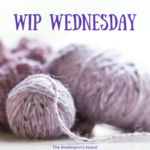
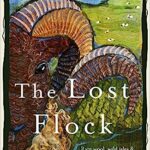


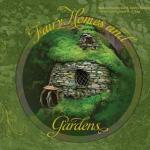








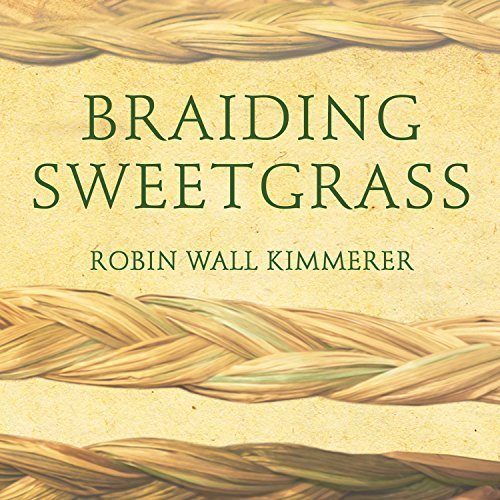
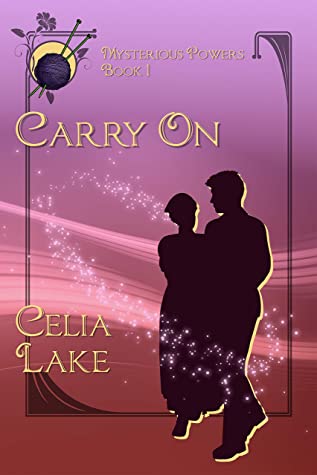

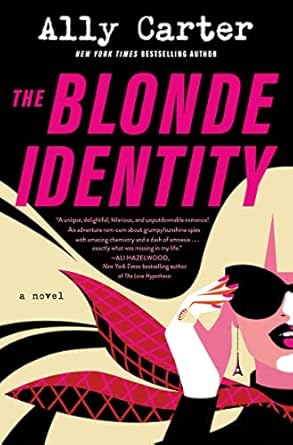
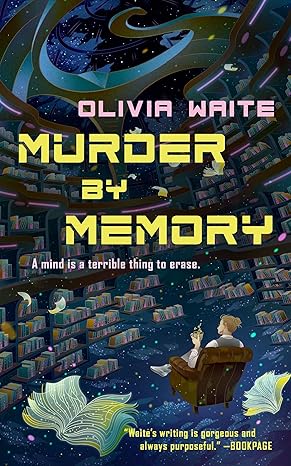
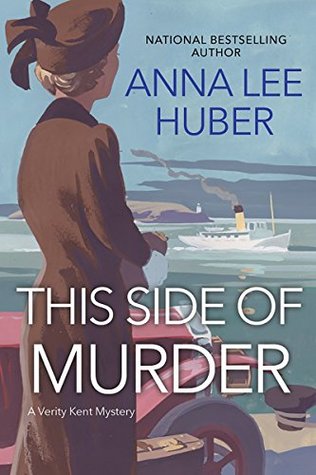
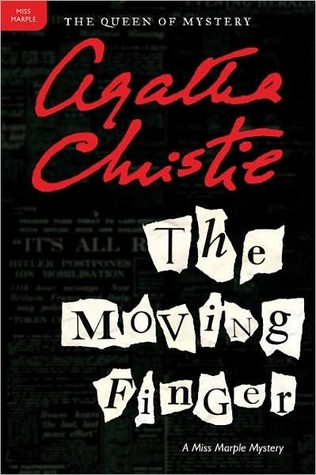
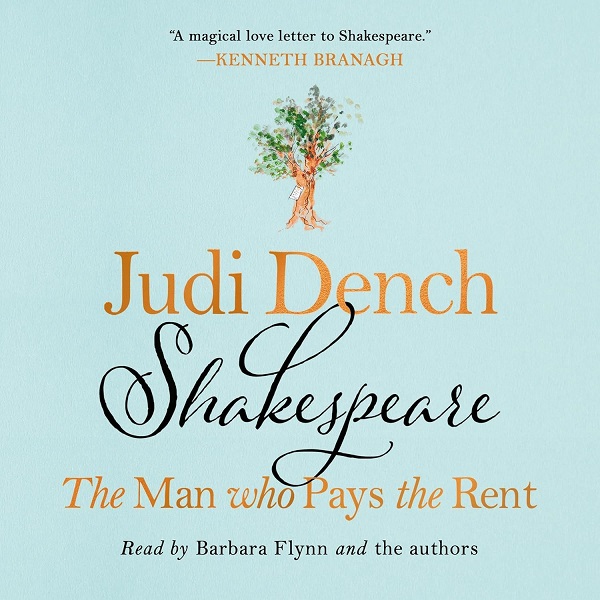
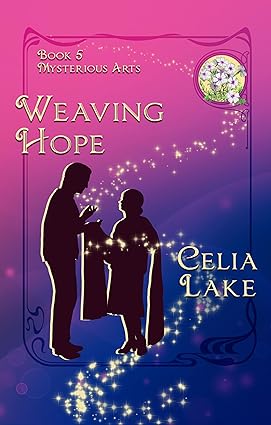
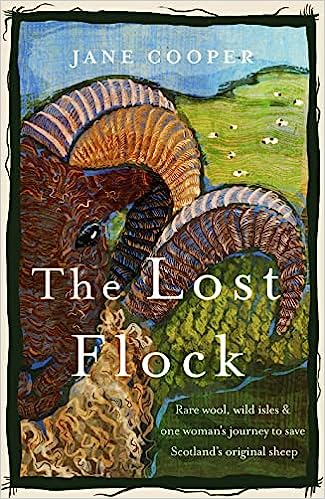
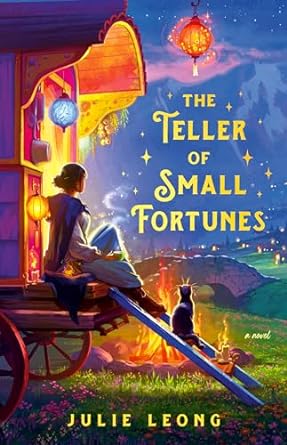
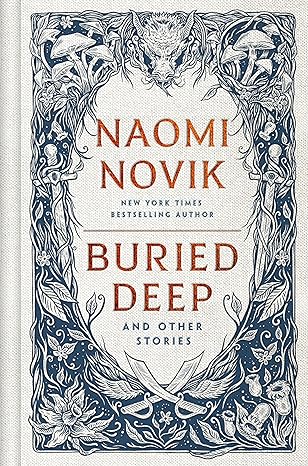
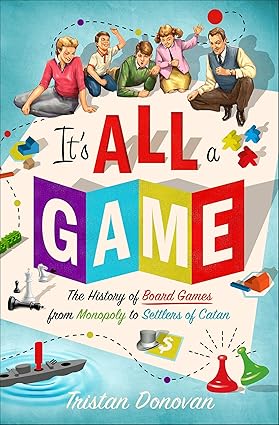
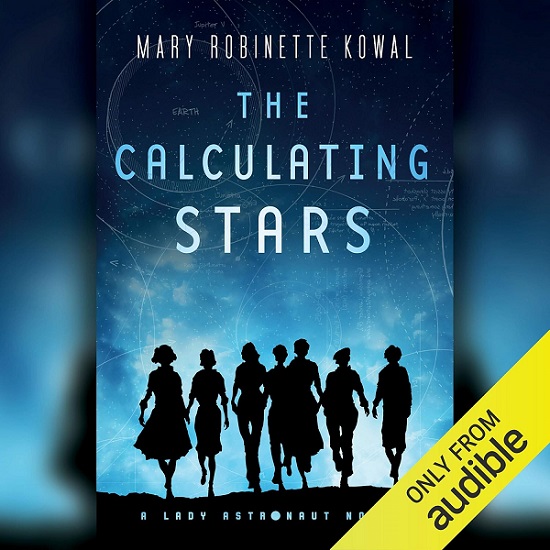
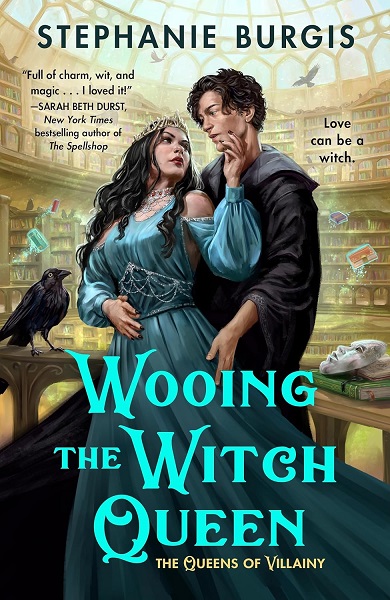
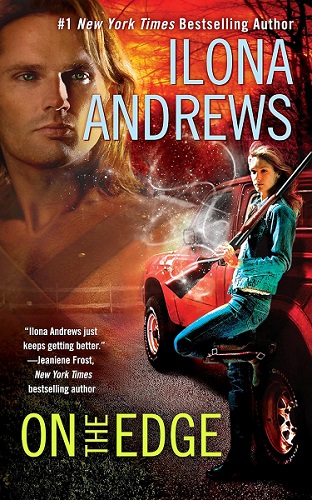
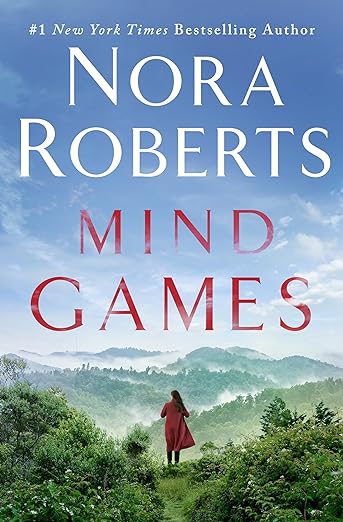
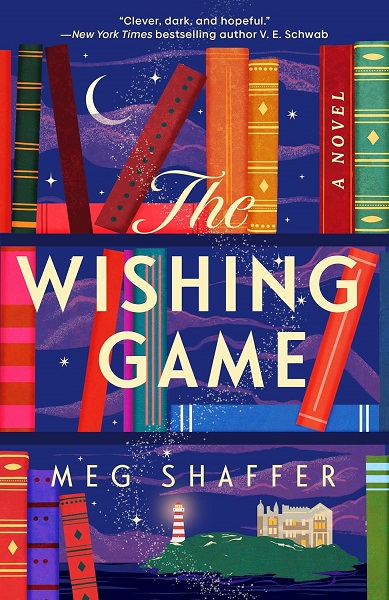
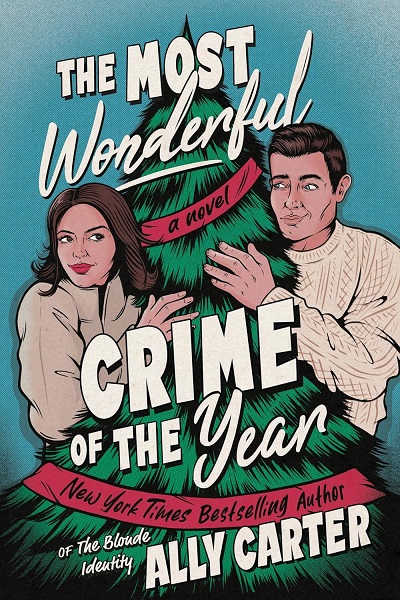
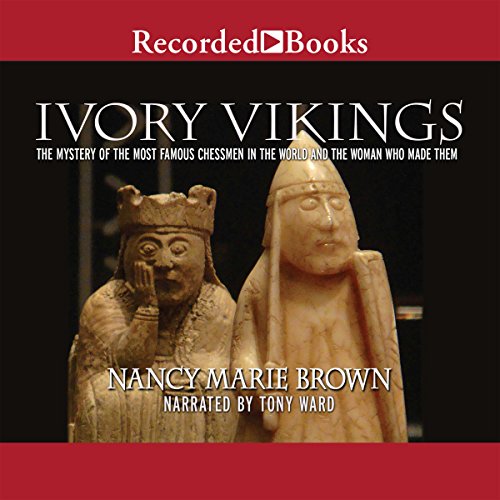

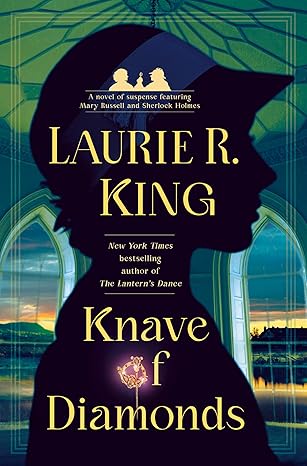
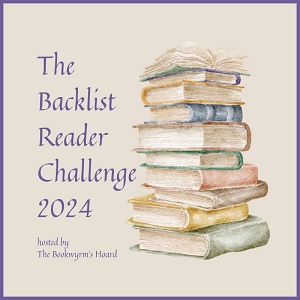


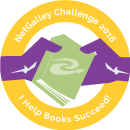
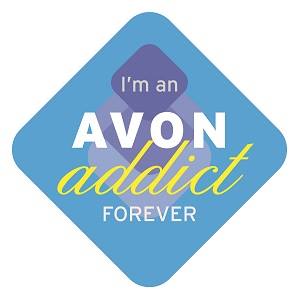

Anne - Books of My Heart
I have some like this, older ones. I can read a chart but I prefer to write it out for myself.
Anne – Books of My Heart recently posted…The Innocent Sleep by Seanan McGuire @seananmcguire @dawbooks @SnyderBridge4
Nicole @ BookWyrmKnits
This sounds like a really helpful stitch dictionary!
Nicole @ BookWyrmKnits recently posted…FO Friday: Rainbow Vanilla Latte Socks
Jorie
Hallo, Hallo Lark!
It has been such a long week (called in on my day off took a bit extra energy out of me!) but I am finally able to make my visits. I LOVE your notes on my blog and I can’t wait to respond (thank YOU so much!) — however, I wanted to share a short note about this title, as a fellow knitter. I learnt about it today watching one of my favourite YT pods (Needles at the Ready). I told Mum we should pick up these series of books as it looked like such a smashing resource!
We’ve never done colourwork before and I liked how you get to see all the different stitches colourwork can give you. Hmm… that reminds me, another YT pod was talking about how to write-out the patterns from charts (ie. Cocktail Hour at the Coop) and I forget how they said you can manage that… as I thought I might get confused by charts as I’m dsylexic so knitting to me didn’t quite come natural and I knit differently than others as it were — however, I like challenging myself, so I need to re-find that pod that explains how to break charts into written patterns as that might be a door for me into a book like this one.
Do you know of another one that might be easier for someone not yet accustomed to colourwork that might have written patterns? I am still trying to find an easier lacework pattern book to start with as I like the delicate stitches you can do with lace knitting. That’s been on my mind more right now than colourwork and patterned repeats.
Thanks for such a smashing review! Loved how you explained the book and how it was laid out. Happy it was such a good fit for you and your future WIPs!